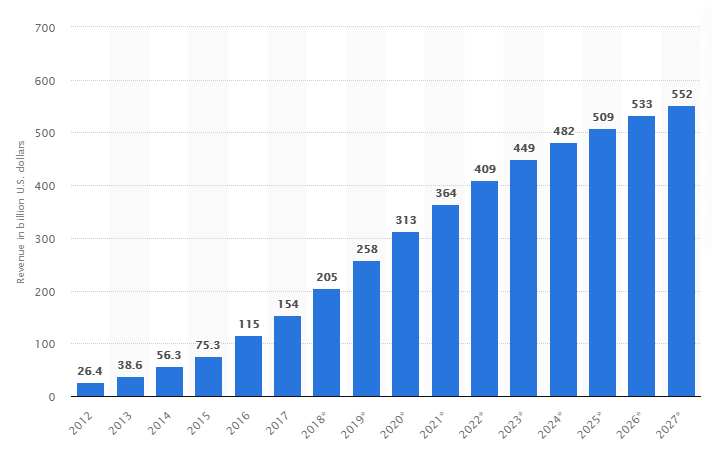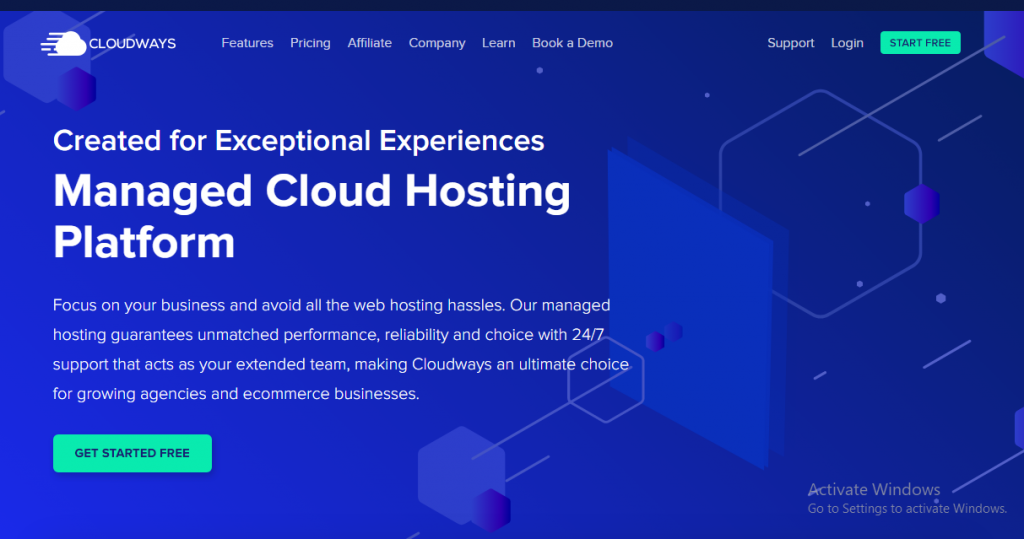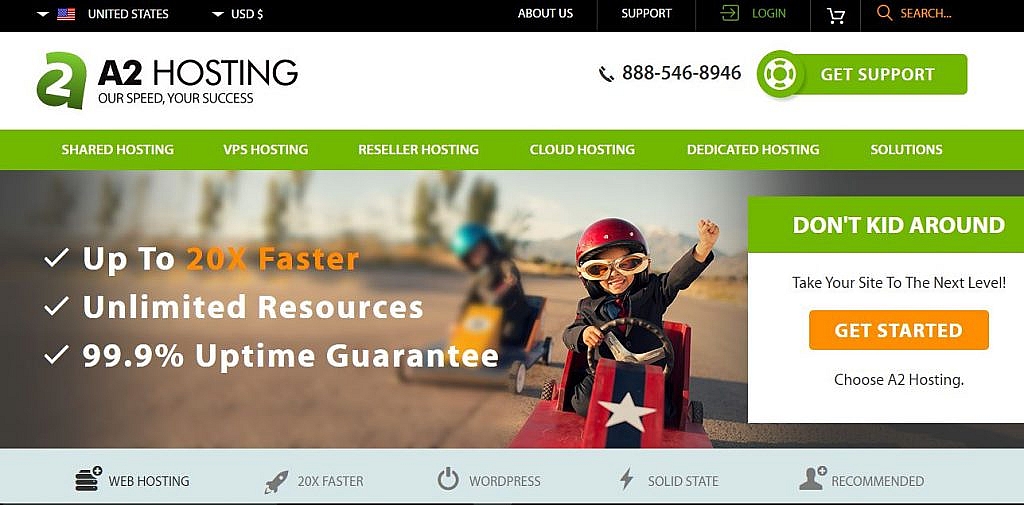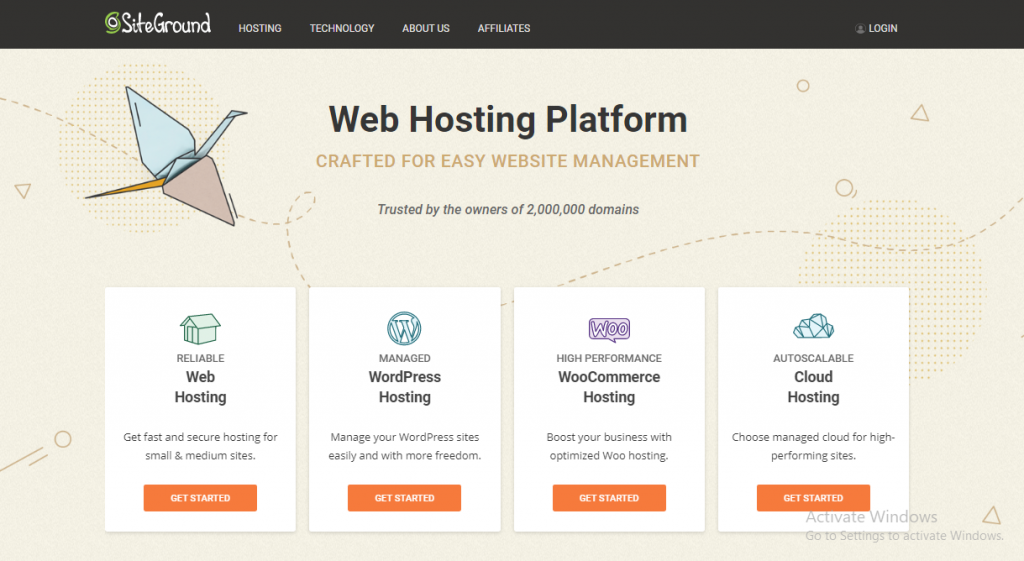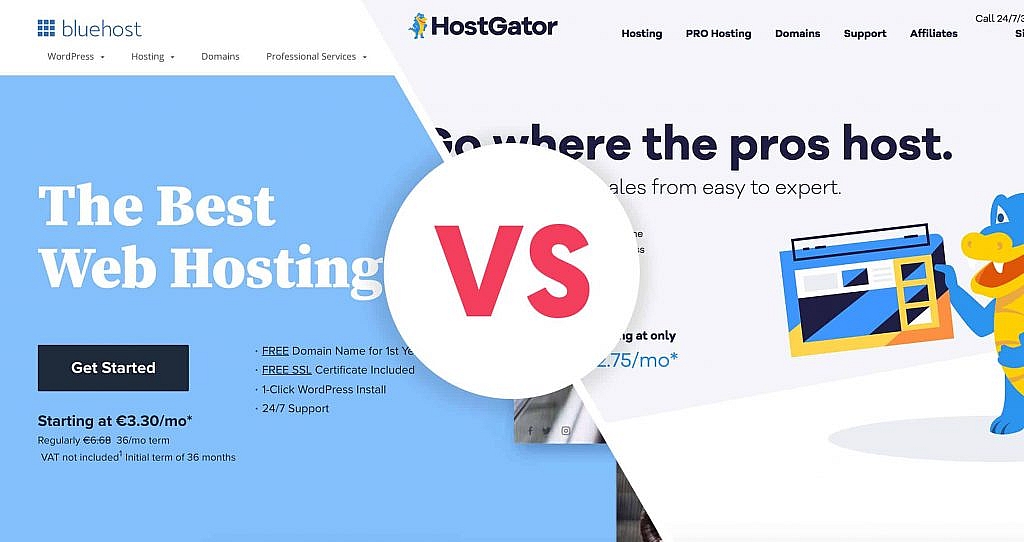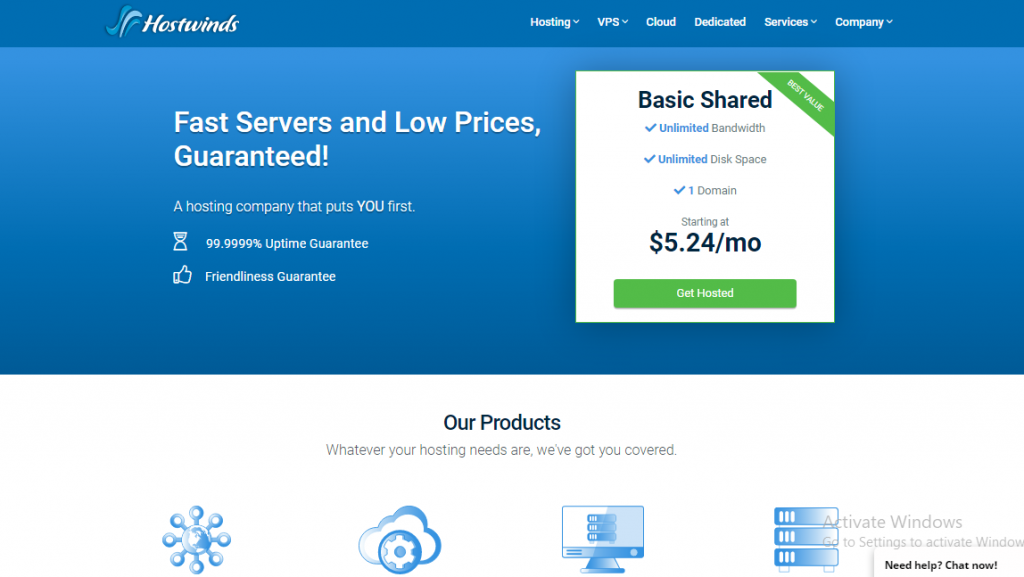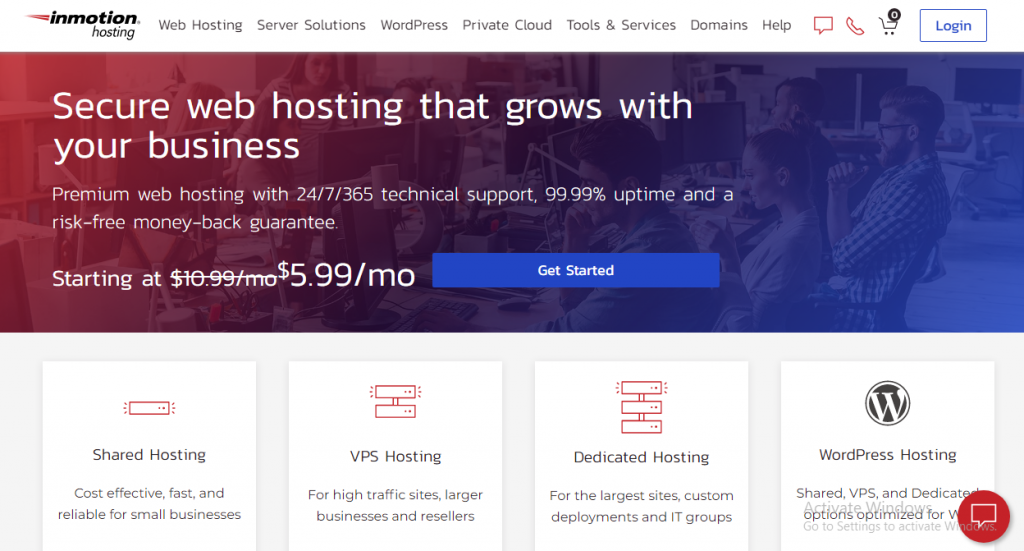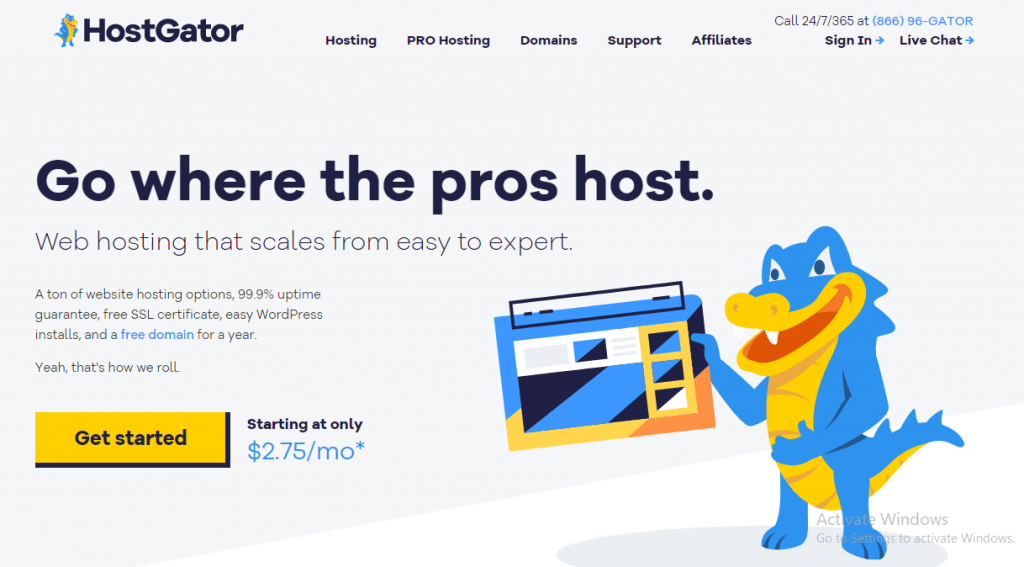
The online business world is always competitive and the ways to find success demand you to do everything you can to attract some spotlights.
Why is it so important? You might wonder here. Think about it. The only way for any business or marketer to generate a sustaining profit is for consumers to use the services or purchase the products. The more people are aware of your business, the more chances that those people will become customers.
It’s where SEO arrives to play, by facilitating the business’ site to show up in search engines, while people search for related topics or queries.
Agile SEO digital marketing strategy has the potential to ensure the website gets the attention from users, it deserves consistently.
As we step into 2024, the SEO landscape continues to bloom at a rapid pace, requiring agility from digital marketers. Briefly put, it means you are going to break the SEO work on a project into smaller cycles referred to as sprints.
Why do businesses consider it?
The main reason is that you yield to see and mitigate the issues and risks in SEO projects before they turn catastrophic. Instead of waiting until close to the delivery date, to diagnose what went wrong, and what could be enhanced, you perform the fix continuously in an agile approach.
The agile method could be applied to SEO, such that it focuses on one thing at a time, nails it, and then moves on.
Let’s see what it is all about and how it brings benefits to your agencies.
The guest blog proffers detailed information on this Agile SEO approach and what it does as an SEO strategy to bring your business to the next level.
Why Agile SEO is more than a Trend?
Agile SEO stands as the approach emphasizing adaptability, collaboration, and continuous progress to your project in the field of search engine optimization.
It draws inspiration from the Agile project management framework utilized in software development.
The core principles of Agile SEO consist of
Iterative Planning: Agile SEO teams, first of all, break down the strategies into smaller, manageable tasks referred to as “sprints”. These sprints typically last for 2 to 4 weeks, which enables you and the team to make quick adjustments based on the performance data.
Flexibility: Agile SEO teams always remain flexible and they are open to work. For instance, if a specific SEO tactic isn’t giving you the desired results, they try and pivot to something else for the rest of the SEO journey.
Collaboration: Cross-functional teams such as content creators, data analysts, developers, and SEO specialists work closely together. This sort of collaboration makes sure that the SEO strategies are effective and well-rounded.
Data-Driven Decisions: Agile SEO depends heavily on the data analysis teams that continuously monitor the key performance indicators(KPIs) and give you a platform to come out with data-driven decisions for optimizing the strategies.
Your project outcomes incline to a successful path, from a traditional to an Agile approach.
Leveraging Agile SEO for Business Success
Let’s delve into exploring the ways how businesses could leverage Agile SEO to bring out leads, enhance productivity, improve brand reputation, and potentially use tools like Agile SEO project management software or tools and Google Sheets:
Cross-functional Teams: The business, after following this approach, forms cross-functional agile SEO teams, composed of content creators, data analysts, developers, and SEO experts.
Collaborate on specific Agile SEO project management software or tools for crafting shared documentation of all the SEO tasks, both current and previous tasks in the dashboard and then tracking the progress in real-time.
Regular Reporting: Implement regular reporting phenomena and analyze the KPIs utilizing the agile project management tools. Based on your project, you can create custom dashboards on your own for visualizing data from Google Search Console, Google Analytics, SEMrush, Moz, and Ahrefs.
This centralized hub could have the potential to streamline decision-making for every sprint.
The agencies can perform the following SEO stuff for your business or site’s online presence with the support of the Agile SEO approach.
Content Strategy: Use Agile project management tools for managing your content calendar, collaborating with content creators, and tracking the content performance. Assign the tasks before every sprint, set the deadline, and monitor the updates of the content very easily.
Responsive campaigns: maintain the backlog of all the SEO tasks in every sprint and their ideas. While the changes are required in between the period, due to some shifting priorities, or algorithm updates, your agile SEO team could rapidly prioritize and assign the tasks through shared documents accessed by the team members and clients if suitable.
Keyword Tracking: Monitor the performance and keyword rankings over time through Agile project management tools. Produce the automated reports which get updated regularly, giving your team insights into the keyword trends.
Project Management: Employ suitable software as the project management platform. Use the software to create sprint plans, allocate tasks to resources, and track progress during every sprint. Commenting features and collaborative editing enhance internal and external team communication.
Main Agile methodologies
Scrum: Scrum is characterized by stages or cycles of development referred to as sprints and by maximizing the development time for a software product towards a goal, the product goal.
Kanban: Kanban is a method that is organized on a table(Kanban Board) or board, segregated into columns, showcasing every flow in the project phases.
Extreme Programming: this is the method that is based on the ideas to discover “ the simplest things which would work”, without inputting too much weight on the long-term product view.
Crystal: The technique focuses way more on the individuals, and how those individuals interact rather than on the tools or process- so communication thrives as the essential key aspect of this method.
Lean development: The method provides a conceptual framework and proceeds in following principles, values, and better development practices applied to an Agile development approach.
Google Sheets for SEO: Leverage Google Sheets for content planning, keyword research, and tracking the SEO performance metrics. This is a versatile tool to maintain the data and help you to collaborate with the Agile SEO team.
Tools for Agile SEO
To successfully implement the Agile SEO strategies, you have to acquire the right set of tools for facilitating collaboration among team members, and with clients, tracking the SEO progress, and managing tasks efficiently.
Some of the Agile tools that are tailored for Agile SEO are:
SEOScrum: SEOScrum is an all-in-one encompassing Scrum-based SEO project management software that aids organizations around the globe in streamlining their projects. This is one of the versatile tools offering a centralized platform for attaining the incremental development of their business, wherein teams can plan, manage, and track their SEO projects, and tasks and monitor the data SERP ranking, reporting, keyword exploration, and backlinks efficiently, enabling effective collaboration and productivity for their SEO tasks.
Jira: It’s a versatile Agile project management tool, developed by Atlassian. This is highly suitable and customizable for the SEO teams for planning sprints, managing work, and tracking the progress seamlessly. You could create custom workflows and boards to match the SEO processes.
Trello: the visual and intuitive interface makes the team an excellent choice for the smaller SEO teams new to agile practices. It enables you to create boards for projects, lists for cards, and sprints for specific SEO works. It encourages collaboration.
Monday.com: this is another platform to fit agile workflows and it offers features such as goal tracking, task management, and collaboration making it suitable for agile SEO teams of all sizes. These integration capabilities are specifically noteworthy.
Asana: this is another flexible project management platform, supporting agile methods. It is ideal for managing SEO projects, tracking tasks, setting due dates, and fostering collaboration between members. You can also easily customize it to align with agile SEO workflows.
Real-Life Case Study Examples of Companies That Implemented Agile in SEO
Using Agile practices to improve SEO performance becomes an increasing general need among companies. Moreover, many big firms have turned out to achieve success in this area by adopting this.
Here are a few examples of it.
a. HubSpot
Hubspot, a leading inbound sales and marketing software company, adopted the scrum framework, with cross-functional teams working to achieve SEO goals in short sprints. The approach enables the company to respond quickly to the changing promotion trends, continuously improving the search visibility of the firm’s site and experimenting with different unique strategies in every sprint.
b. Etsy
Etsy is an online marketplace for vintage and handmade goods, implementing a combination of Kanban and Scrum methods to prioritize promotion tasks and enhance collaboration. It raised the organic search traffic of the website.
By regularly reviewing and adapting the promotion strategies, the company achieved significant growth in user engagement and search rankings.
c. Moz
Moz is a well-known SEO software company. They formed cross-functional teams and employed the agile method of continuous progress through frequent feedback loops and iterations.
This sort of approach enabled the firm to adapt quickly to the search algorithm updates, experiment with various optimization techniques, and deliver better outcomes for the target keywords.
d. Spotify
Spotify is a leading music streaming platform that uses a combination of Kanban and Scrum methodologies for managing SEO initiatives, more efficiently.
By continuously testing and incorporating the methods in promotion strategies, the company was able to enhance the search rankings, improve the user experience, and attract more organic visitors to the platform.
Conclusion
As of now, you can understand that Agile SEO represents a significant shift in the world of search engine optimization. By embracing data-driven decision-making, collaboration, flexibility, and the power of tools like Agile project management tools and Google Sheets, the business could transform its SEO efforts, do digital marketing automation of the agency’s works, improve brand reputation, enhance productivity, achieve greater success in generating leads and can stay agile in the ever-evolving online world.
In this competitive market, the capability to adapt, respond rapidly to changes, and streamline the SEO processes is crucial and Agile SEO integrated with effective project management tools offers your business a suitable framework to do this. Hence take the leap into Agile SEO, leverage Agile SEO project management software, and watch your business thrive.
Featured image by Ferenc Horvath on Unsplash
The post How does leveraging Agile methodologies and its tools pave to SEO Excellence? appeared first on noupe.


